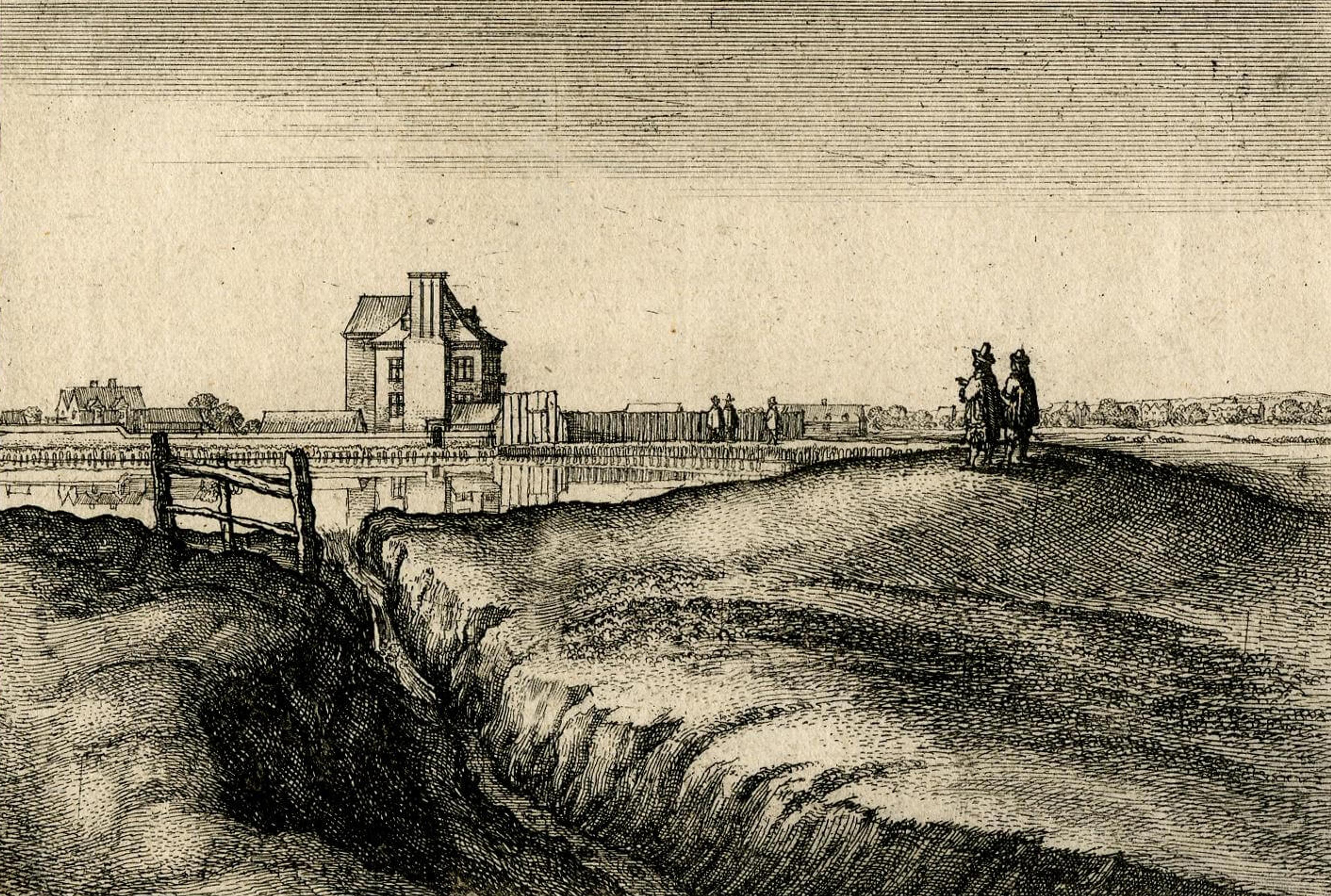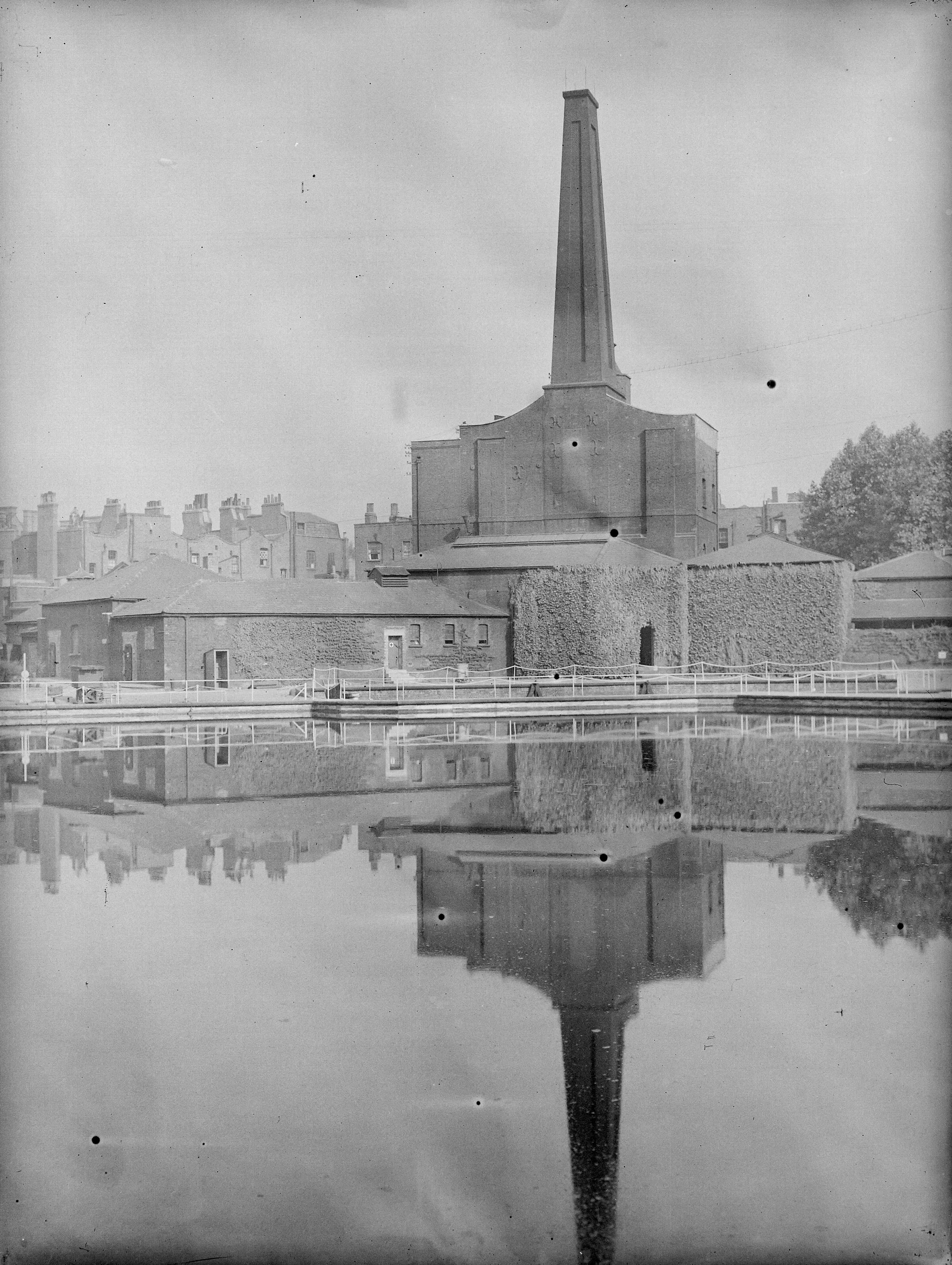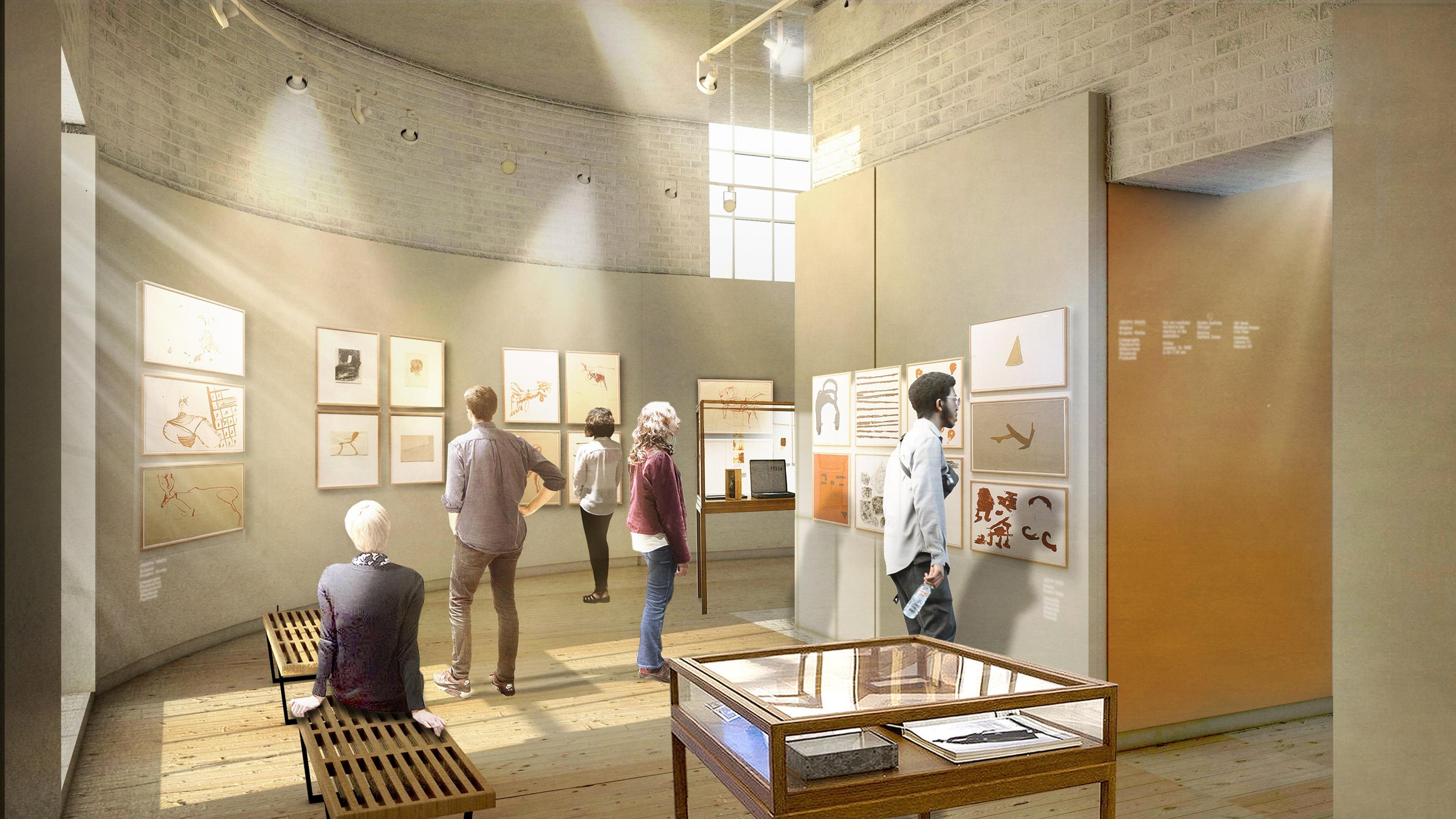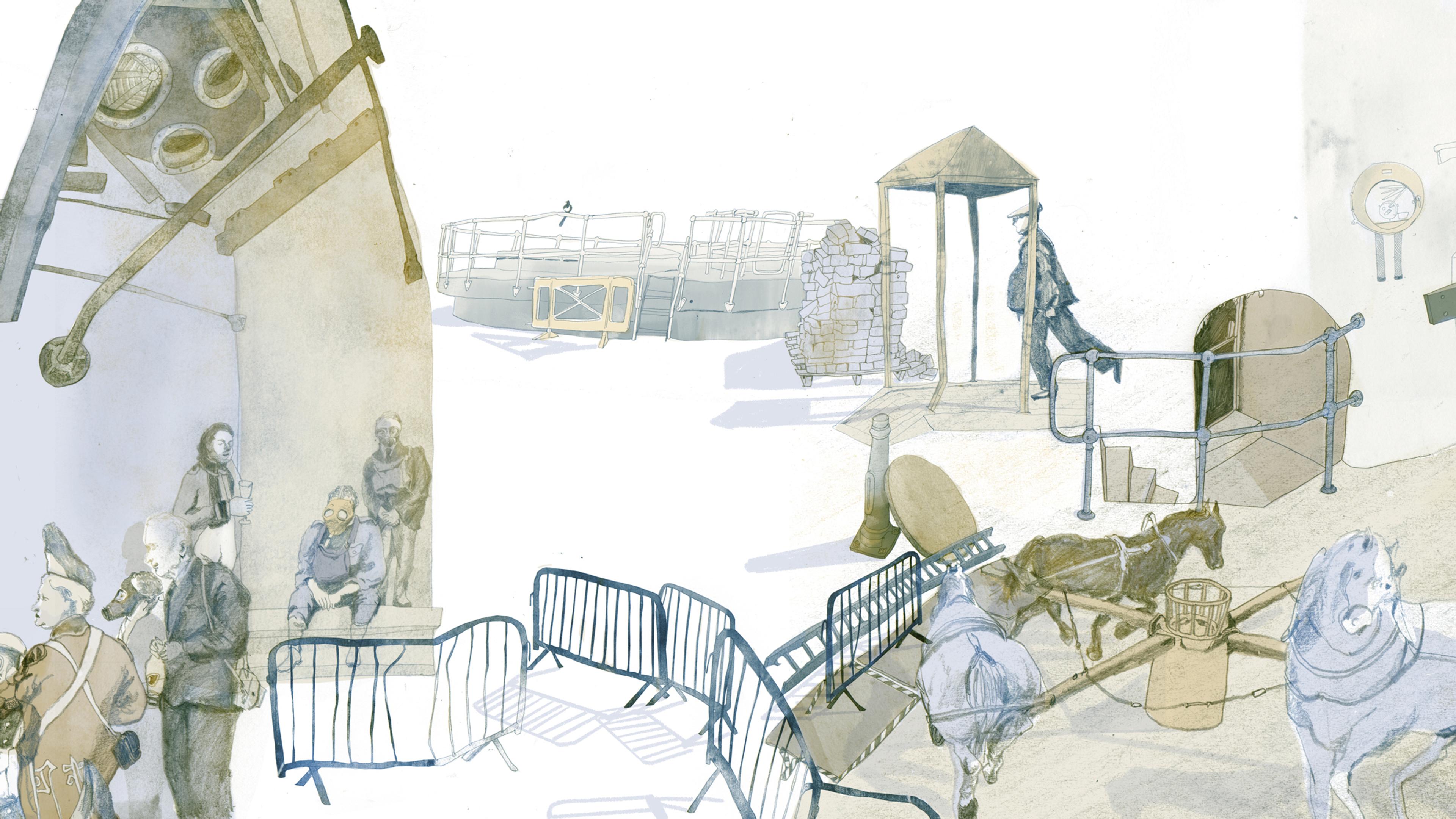Uncovering hidden heritage at New River Head
by Lindsey Glen, Quentin Blake Centre team
As we move forward with our plans to restore derelict heritage site New River Head, our Director Lindsey Glen reveals its storied past and bright future.
In 2019, we took on New River Head, an abandoned waterworks in Clerkenwell, London. Over the next two years, we will renovate the site and open it up to the public as the Quentin Blake Centre for Illustration: a place for people of all ages to enjoy illustration and discover the history of this fascinating place.

New River Head’s story began in 1613 when it was the hub of one of London’s earliest urban infrastructure projects. Ponds on the site were connected to fresh water springs in Hertfordshire and provided an essential source of clean water to Londoners. New River Head was a busy industrial site for more than 300 years: its buildings housed pumping equipment to get water out to the expanding city.
Today, the heart of the site is the distinctive 18th century Engine House that once contained the latest innovations in steam power. Even older is an atmospheric round building that was the base of a windmill. In the 1950s, electric power was brought to the site, and its engines and iconic chimney were removed.


The local area has had a longstanding connection with the work of illustrators. Clerkenwell was a centre of printing in 19th century London and nearby Cruikshank Street is named after the caricaturist and illustrator of Charles Dickens’ novels. Illustrator Kate Greenaway was a local too.
Now, after decades lying derelict, the new Quentin Blake Centre will see New River Head renovated and reopened as galleries, learning spaces, landscaped gardens, a café and a shop: it will be a new cultural and architectural destination for people in London and beyond. While London will remain our home, we will continue expanding our touring and learning activities so that more people around the UK and overseas can explore illustration.
At the Centre, two changing exhibition spaces will show historic and contemporary illustration from all over the world. The site will also become home to Quentin Blake’s archive of over 40,000 works, from the timeless illustrations for his first book, A Drink of Water, to his recent fantastical landscapes, Moonlight Travellers.

Turning a derelict heritage site into a landmark space for visitors is not without its challenges. Luckily, we are working with Tim Ronalds Architects, who have an amazing track record of opening up important heritage buildings while keeping their history visible.
We recently received planning permission for Tim Ronalds Architects’ scheme for the site, and we are now working towards our £12mn fundraising target. Thanks to generous support from trusts, foundations and individuals, we are more than 40% of the way there. Later this year, we will launch a campaign that will expand our community of supporters even further.

In September, we will open the site for a limited time so that people can experience this unique place, find out more about our plans and see work by our illustrators in residence Laura Copsey & Philip Crewe and Sharpay Chenyuè Yuán. We can’t wait to welcome you!